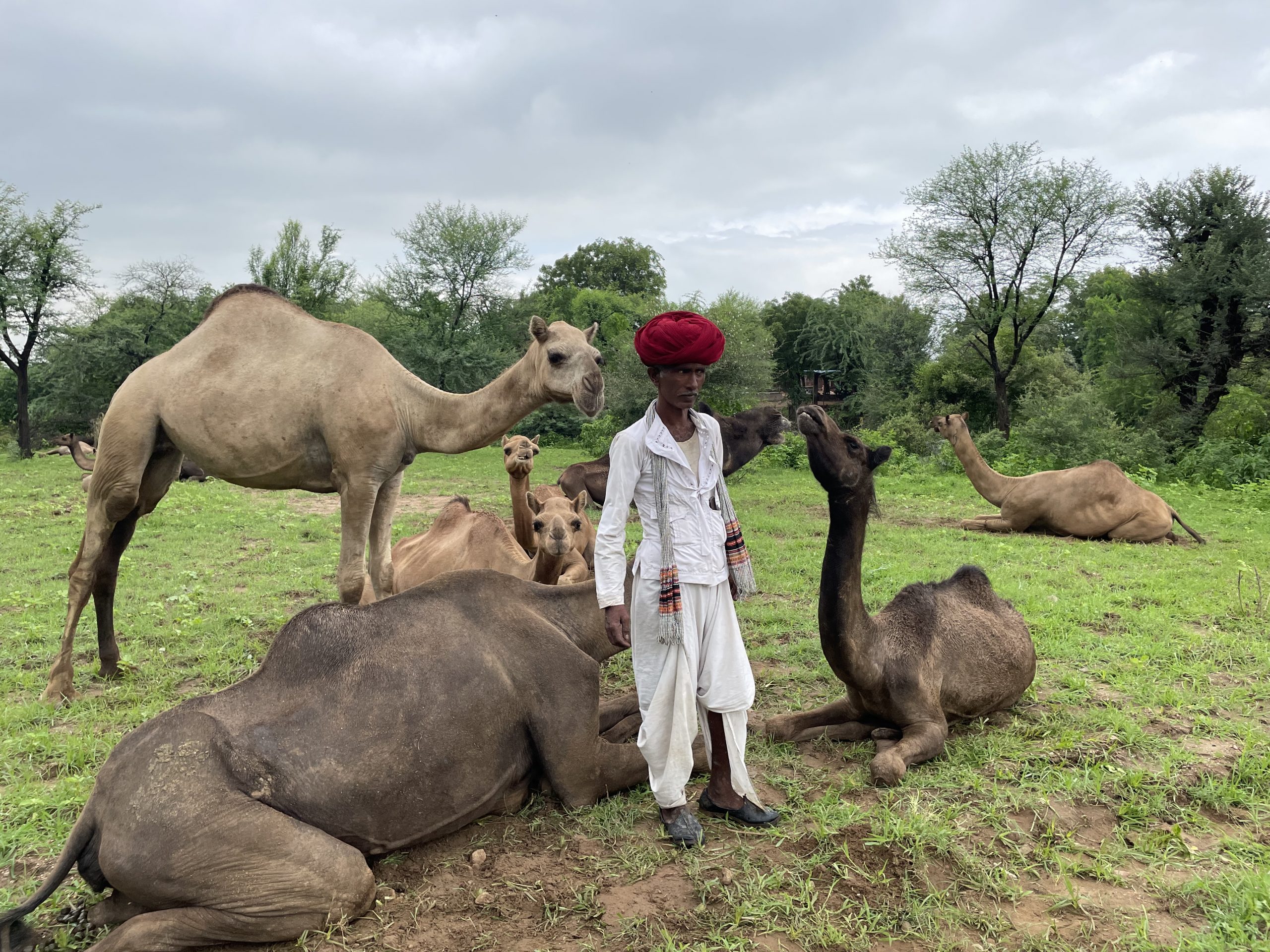JAIPUR: Camel owners in Rajasthan are bearing the brunt of a Government Act that bans the transportation of the desert animal out of the state. This has caused a steep decline in the camel population – the animal’s count has hit the lowest in seven decades.
As per the 20th Livestock Census, the camel population plummeted by 34 per cent, from 3.5 lakh in 2015 to 2.13 lakh in 2019.
Rajasthan government passed the Rajasthan Camel (Prohibition of Slaughter and Regulation of Temporary Migration or Export) Act, 2015. Since then, the animal has faced a sort of identity crisis. Not only does the Act ban the transportation of camels outside the state but even for breeding, agriculture purposes or to participate in animal fairs, the owner has to seek the district collector’s nod, which is a tough job.
Raika and Rebari communities of Rajasthan are essentially dependent on camels. People of both these two communities used to take their camels out for grazing in far-flung areas. However, with the imposition of the ban, this has become difficult and the cost of camels has also fallen.
Hira Ram Raika, a camel herder from Joba, Pali district in Rajasthan, pointed out that before the imposition of the ban, he was selling one camel for Rs 40,000 to Rs 60,000. “Earlier, a man with lots of camels was considered wealthy but now, we are barely able to make ends meet. Our camels are being sold for Rs 2,000 to Rs 5,000 in animal fairs,” said Hira Ram.
Gora Ram Raika, another camel herder, said that as they are not educated, they don’t know the procedure of getting permission from the collector. He said that even other government schemes never reach them as they don’t know the procedure to apply.
Hanwant Singh, secretary of Lokhit Pashu Palak Sansthan, an NGO which works for camel pastoralists, claimed that the current population of the camel is around 1.5 lakh. He said, “If the ban is not lifted then not only the population of camels but the lifestyle of Rebari and Raika communities will be wiped out. If people do not get sufficient amounts for their camels then why would they keep them? We have suggested the government ban the transportation of female camels but allow the male ones. There are many tourist places where these camels can be used. They can also be used for agricultural purposes.”
When asked about the Act, Minister of Animal Husbandry Rajasthan Lal Chand Katariya told The New Indian that the government is in support of lifting the ban.
“We are in support of lifting this ban after looking at the declining camel population. But this was imposed by an Act passed in the Legislative Assembly. Now, the ban can be lifted by the State Legislative Assembly itself. The proposal is already complete and we will present this before the House in the next session.”
Ilse-Kohler-Rollefson, a German woman who has been working for the conservation of camels and who is director of ‘Camel Charishma’, a camel milk dairy, in Joba, Pali, told The New Indian that unless some efforts are made by the State Government, it is difficult to save the camels.
She explained that a quick decision needs to be taken by the State Government. “It is not just about the camels but also about the preservation of human and animal relationship. Working with bureaucracy is also difficult. One secretary shows interest for camel conservation and after some time, he gets transferred. Then, we have to start approaching the government officials again. It is for the politicians to take a decision soon or these animals will be gone,” pointed out Ilse.
Dr A Sahoo, Director of the National Research Centre on Camel, Bikaner, said that the state government should take some proactive measures to conserve the camel & check its declining population. “In Rajasthan, there has been a 35 per cent decline in the camel population versus only a nine per cent decline in Gujarat,” he said.
“The important reason is that the state government of Gujarat is promoting camels for tourism and dairy. Amul Dairy is constantly working with camel owners in the state of Gujarat. We can replicate the same steps in Rajasthan as well,” suggested Dr Sahoo.
“We can prevent camels from slaughter but we should promote Eco-tourism through activities like camel race sports, festivities, Camel Day etc. or rural tourism,” he said.
“Camel milk also has its own unique qualities which are helpful as a nutriceutical adjuvant in many diseases. If we promote camels in the state, their population will increase. But for that, some good efforts need to be made by the government,” Dr Sahoo added.
The State Government started a scheme to give camel owners Rs 10,000 per camel for their sustenance. The scheme did help some people but was later scrapped. Many camel owners also alleged that the money was given after months of delay. Some owners said that they didn’t get a single rupee from the scheme.











